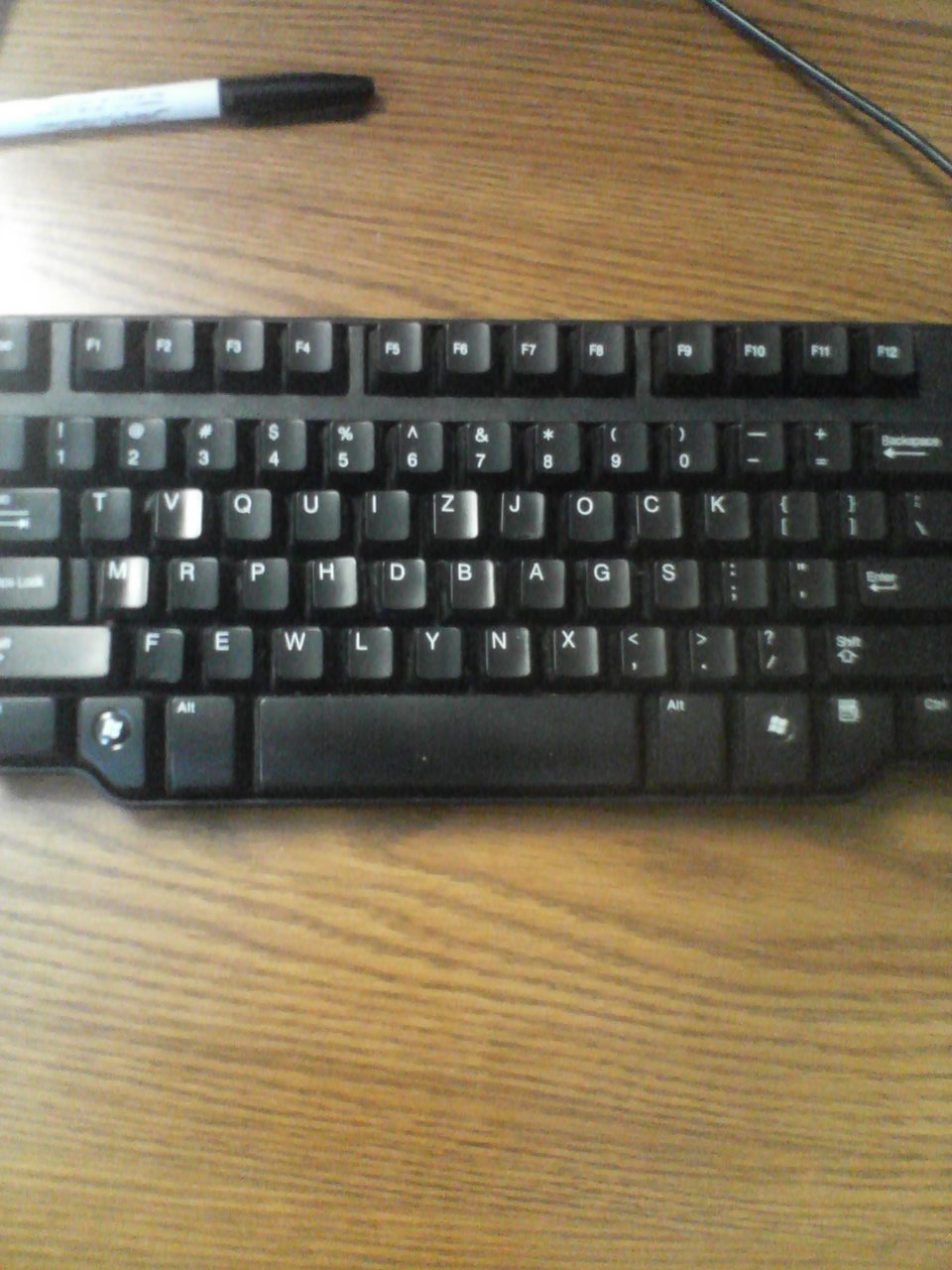Windows 7 runs extremely hot on MacBook Pro with Boot Camp 3.1
I was having some issues with the Windows XP installation in Boot Camp on my MacBook Pro, so I decided to turn it into a Windows 7 machine.
Unfortunately, the machine ended up running incredibly hot, even though I was booting it up and not really doing anything processing intensive on the machine.
As it turns out, I found that other users had some luck by enabling the Powermizer mode of their Nvidia GeForce 8600M GT internal graphics card. This would scale back the GPU processing and allow the idle fan speed of about 2000 RPM to properly cool the MacBook Pro.
As is the case with any registry hacks, edits or low level driver manipulation, you can quite easily do more harm than good. Please follow my advice at your own risk.
Alas, there is no setting that I could find for this in the newest 64-bit Windows drivers for the Nvidia GeForce 8600M GT internal graphics card in my MacBook Pro. After a little digging, I found that I could add the following DWORD values to my registry to enable a lower power mode:
- PerfLevelSvc (0x00003333)
- PowerMizerEnable (0x00000001)
- PowerMizerLevel (0x00000001)
- PowerMizerLevelAC (0x00000001)
The key that these values were added to was HKEY_LOCAL_MACHINE\SYSTEM\CurrentControlSet\Control\Video\{FIND_YOUR_GUID}\0000. You will have to find the GUID to use in the key above, just look at all of the 0000 keys inside of the Video key for the one that has a whole mess of values in the right hand pane, this will likely be it.
